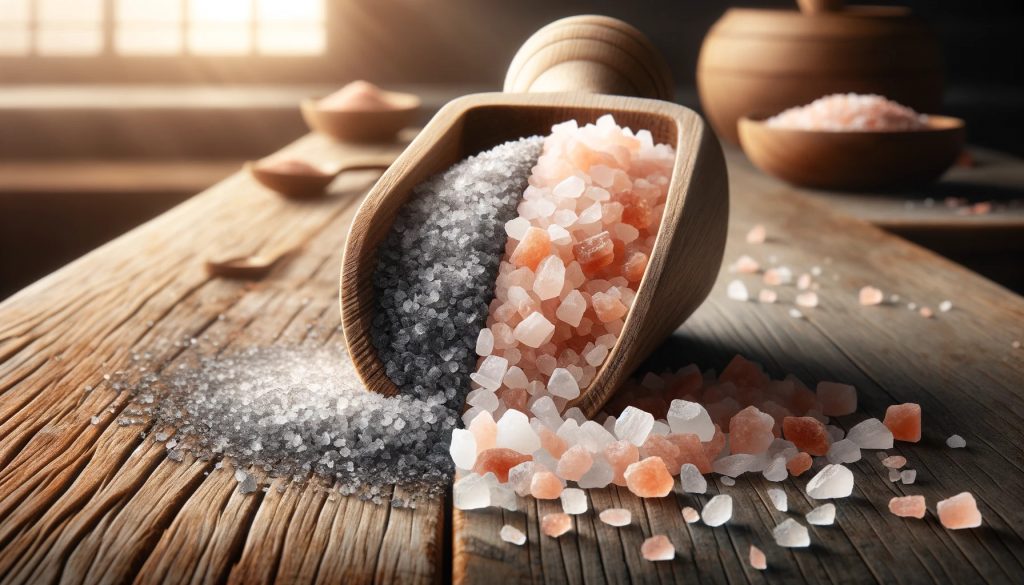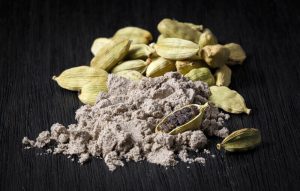
Salt is essential in every kitchen, not just for its basic seasoning function but also for the distinctive tastes and health benefits it brings to the table. Among the many varieties available, Celtic salt and Himalayan salt stand out for their unique characteristics and health implications. This guide will dive deep into their differences, helping you make an informed decision on which salt might be best suited for your culinary and wellness needs.
1. Origin and Processing
Celtic salt, also known as Sel Gris (French for grey salt), is harvested in Brittany, France. Traditional methods are employed where seawater is evaporated in large, shallow basins made of clay, which contributes to its light grey hue. This process ensures that the salt retains its moisture and a wealth of minerals from the sea.
On the other hand, Himalayan salt is mined from the ancient sea salt deposits in the Khewra Salt Mine in Pakistan, the second-largest salt mine in the world. It’s believed that these deposits were formed hundreds of millions of years ago from evaporated ancient bodies of water. The salt is typically extracted from the rock in large blocks, then hand-crushed and washed.
2. Nutritional Content
Both salts boast impressive arrays of minerals, but their compositions differ slightly. Celtic salt is rich in minerals due to its moist nature, containing over 80 trace elements, including high levels of magnesium and iron, which contribute to its grey color.
Himalayan salt often gets praise for its visual appeal and mineral content, featuring up to 84 different trace minerals, including potassium, calcium, and magnesium, which give it a pinkish tint. However, the actual concentration of these minerals is quite low, so the health benefits related to high mineral content are often overstated.
3. Culinary Uses
In terms of culinary uses, both salts have their unique niches. Celtic salt has a very moist texture that makes it excellent for cooking and finishing. It dissolves easily and evenly, making it ideal for sauces and soups. Its mineral complexity adds a subtle brininess to dishes, enhancing flavors without overpowering them.
Himalayan salt, with its bold crunch and robust flavor, serves well as a finishing salt on meats and vegetables. It can also be used in cooking, and its blocks are popular for grilling and serving food, which adds a mild salty flavor to the dishes prepared on them.
4. Health Implications
When it comes to health, both salts are often marketed as healthier alternatives to regular table salt, primarily because they are less processed and contain more trace minerals. However, the sodium chloride content, which is the primary component of any salt, is relatively similar across all types, affecting blood pressure and heart health.
The additional minerals in Celtic and Himalayan salt, while beneficial, are present only in small amounts. Thus, they should not be considered significant sources of these nutrients, especially when balanced against the risks associated with high sodium intake.
5. Environmental Impact and Sustainability
The environmental impact of salt production is also worth considering. The production of Celtic salt can be seen as more environmentally friendly due to its artisanal harvesting methods, which preserve the ecosystem of the salt ponds. The clay basins used can last for years without needing replacement, and the process uses little to no machinery.
Conversely, the mining of Himalayan salt requires substantial resources to extract and transport the salt from the mines to the market. While mining methods have improved, the environmental cost of extracting rock salt cannot be overlooked.
6. Price and Accessibility
Celtic salt is often more expensive than Himalayan salt due to its labor-intensive harvesting techniques and the cost associated with importing from France. However, its high moisture content and mineral density can justify the cost for those who prioritize these attributes.
Himalayan salt has become widely available and is often less costly than Celtic salt. Its popularity has increased due to its aesthetic appeal and the versatility of its use in cooking and presentation.
7. Taste and Texture
Lastly, the taste and texture of salt play crucial roles in culinary applications. Celtic salt tends to have a softer, more delicate flavor with a hint of moisture that blends seamlessly into dishes. Himalayan salt, noted for its crystalline structure and crunch, offers a burst of flavor that stands out, particularly when used as a finishing touch.
Conclusion
Choosing between Celtic salt and Himalayan salt depends on personal preference, intended use, and consideration of environmental impacts and health effects. While both offer unique benefits and sensory experiences, understanding these nuances will help you tailor your choice to your lifestyle and culinary needs, ensuring that every pinch enhances your meals and supports your health goals.











